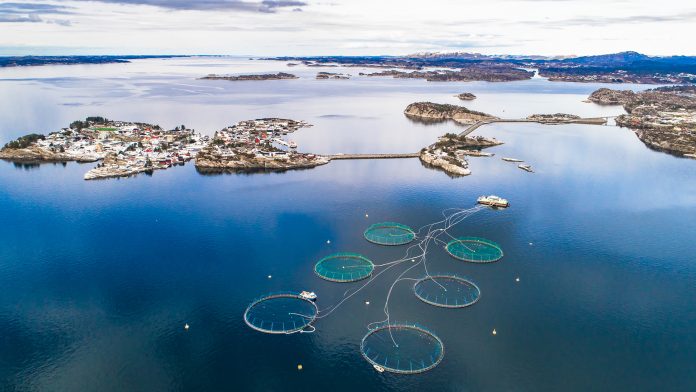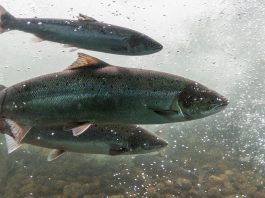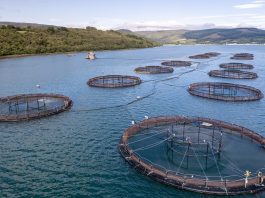In September, the Norwegian Government announced a proposal to introduce a 40% tax on aquaculture that may incur severe ramifications for the country’s globally booming industry.
The resource rent tax on aquaculture is planned to come into effect on 1 January 2023– a time that will represent a new year for the Norwegian aquaculture industry and an array of new financial challenges. The 40% aquaculture tax will cover the production of salmon, trout, and rainbow trout, some of Norway’s most lucrative exports. In 2020, Norway exported 3.1 million tonnes of seafood – its highest yield ever – equating to more than $11.6 billion.1 However, the recent news of the aquaculture tax has prompted some of the leading companies in the seafood sector, including Salmar, Mowi, and Lerøy Seafood, to reduce their investment plans. With the effects of the proposed tax already swimming to the surface, The Innovation Platform takes a look at how the new legislation could impact the industry.
A dive into Norwegian aquaculture
Norway boasts idyllic conditions that have seen its fishing industry flourish in recent decades, home to a vast coastline of clean, fresh seawater that provides optimal conditions for sustainable aquaculture. The country first established commercial salmon farming in the 1970s, which has grown to make Norway the leading producer of Atlantic salmon globally and one of the largest seafood exporters worldwide.2
Although salmon, trout, and rainbow trout are the principal exports, cod, scallops, halibut, European lobster, and blue mussels are also produced. In 2020, seafood production included the following:
- 1,377,185 tonnes of salmon;
- 96,633 tonnes of trout;
- 2,071 tonnes of shellfish; and
- 340 tonnes of algae
This substantial scale of production has seen Norway experience sizeable financial benefits, producing 2.27 million tonnes of fisheries and aquaculture products in 2020 for a total of $10bn. The country’s largest market for seafood exports is the EU, which takes 65% of the total export volume. Elsewhere in the world, the US purchased €625 million and China €370 million. In addition to these economic benefits, the aquaculture industry in Norway supports around 10,000 employees.
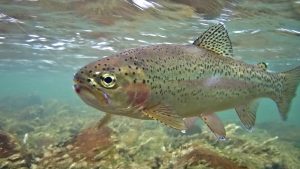
What does the resource rent tax on aquaculture involve?
The Norwegian Government currently issue aquaculture licenses that permit companies to cultivate responsibly. They argue that there has been a substantial rise in resource rent in the industry since 2012, most notably from 2016 to 2018, in which it totalled 20 billion Norwegian Krones (NOK) and in 2021 was estimated at NOK 11.8bn. Due to this increase, the Government stated they believe it is reasonable for society to benefit from a share of the substantial return generated through “exploiting these resources.”3
The Norwegian Finance Ministry commented in a statement: “Energy producers and the aquaculture industry make billions of crowns on our common resources. The Government is now proposing that more of the value created should go back to society.”**4
The resource rent tax on aquaculture is planned to reap these benefits. The 40% tax proposal covers salmon, trout, and rainbow trout. The rules are formulated in a manner that means “only the largest operators will pay resource rent tax,” the Government says. They say this is safeguarded as they are granting a tax-free allowance of between 4,000 and 5,000 tonnes of biomass. This tax-free allowance is the equivalent of between NOK 54 and 67.5 million, respectively. Moreover, they explained that between 65 -70% of aquaculture companies had collected biomass under a licence of less than 4,000 and 5,000 tonnes of maximum permitted biomass in 2021. However, after including corporation tax, the total effective marginal tax rate for aquaculture will be 62%.
The Government also revealed that the local communities that make natural resources for aquaculture available would receive a guaranteed share of the resource rent. They estimate that the tax revenues will generate between NOK 3.65- 3.8bn in 2023, depending on the level of the tax-free allowance, and are planning to invest half of this into the municipal sector.
What is the reason for the proposed policy?
So what has influenced the possibility of such a radical taxation policy on one of the country’s leading sources of income? Is it really because the aquaculture industry is so lucrative the spoils need to be shared or is the tax planned to be implemented for another reason?
Despite Norway possessing the largest sovereign wealth fund in the world, worth $1.2 trillion, the Government revealed it is planning to cut spending from the fund next year to combat the impacts of inflation. They explained that costs attributed to ongoing public construction projects, accommodating refugees, household power subsidies, and benefit payments are forecasted to rise by NOK 100bn in 2023.
They believe that introducing a resource rent tax on aquaculture can help generate the fiscal power to tackle inflation. In addition to the aquaculture industry, the Government is also planning to impose further tax rises on wind power and hydropower due to the increasing prices of electricity.
Trygve Slagsvold Vedum, the Finance Minister of Norway, commented: “In reality, we have two ways to close this gap: major cuts in welfare such as pensions, health, police, and care for the elderly, or through tax increases.”
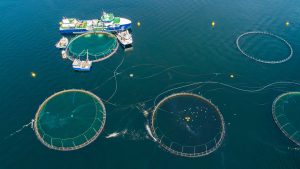
How will the tax increase impact the industry?
The effects of the potential aquaculture tax have already begun to permeate the industry. Some of the sectors leading fish farming companies, including SalMar, Mowi, and Leroy Seafood Group, have experienced a fall in their share prices of between 15-19%. Due to this, some companies may scale-down future projects in the country.
Linda L Aaase, the CEO of SalMar, commented on the proposal: “This is a tax on aquaculture companies creating value and workplaces on the coast of Norway. A tax like this will have significant negative ripple effects for all adjacent industries of the aquaculture industry and the jobs it creates. SalMar will revert with additional information on the consequences of such taxation for our group operations once further details of the new tax have been clarified.”5
References
- https://en.seafood.no/news-and-media/news-archive/record-high-norwegian-seafood-exports-in-2021/#:~:text=The%20export%20value%20derived%20from,tonnes%20of%20fish%20from%20aquaculture
- https://eurofish.dk/member-countries/norway/
- https://www.regjeringen.no/en/aktuelt/resource-rent-tax-on-aquaculture/id2929113/
- https://www.reuters.com/markets/europe/norway-hike-taxes-by-3-billion-power-firms-fish-farms-2022-09-28/
- https://www.salmar.no/feedposts/announcements/?dh=aHR0cHM6Ly9yc3MuZ2xvYmVuZXdzd2lyZS5jb20vSGV4TUxJdGVtL0NvbnRlbnQvRnVsbFRleHQvQXR0YWNobWVudHMvQWxsL0lkZW50aWZpZXIvMjUyNDA3My9sYW5ndWFnZS9lbg==
Please note, this article will also appear in the twelfth edition of our quarterly publication.

